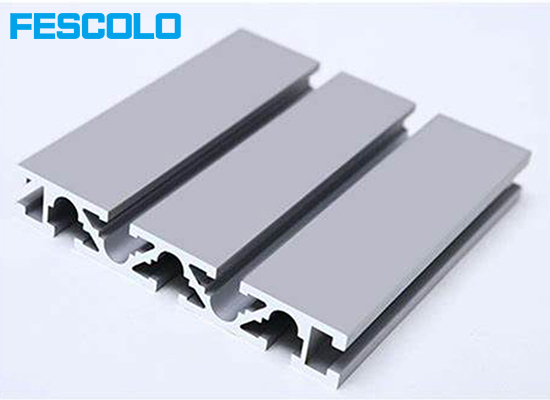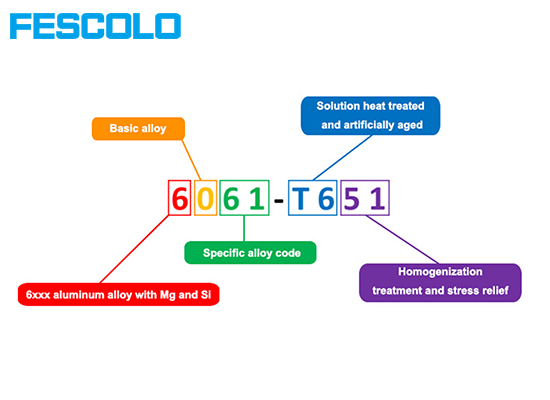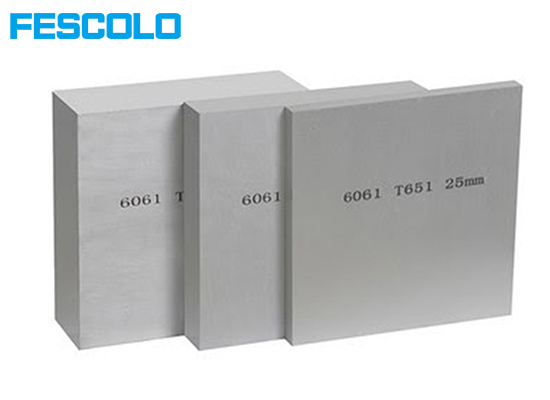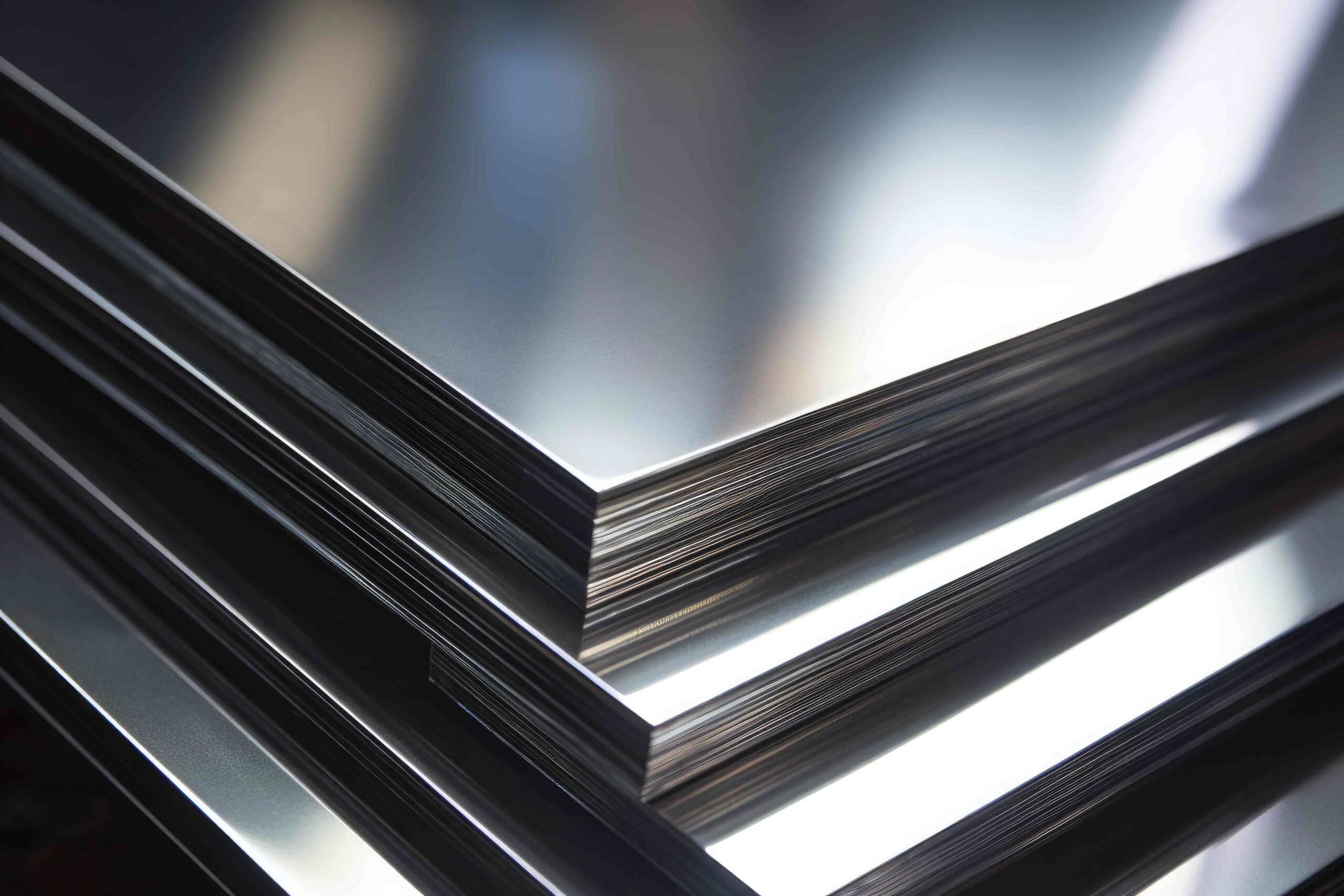Dec 01, 2023

In the pneumatic industry, aluminum alloys are widely used due to their excellent performance. They are characterized by lightweight, high strength, good electrical and thermal conductivity, and strong corrosion resistance. What is aluminum alloy? What common aluminum alloy materials are there?
Pure aluminum generally has low strength. Therefore, to improve the material's performance, it is common to add small amounts of other metals to pure aluminum. This is what aluminum alloys are.
Typically, aluminum alloys contain more than one metal element. Depending on the ratios of different metals, various performance aluminum alloys can be manufactured. To facilitate the differentiation of various compositions and properties of aluminum alloys, naming standards for aluminum alloy designations have been established.
Through this naming convention, engineers and materials experts can quickly identify the composition and characteristics of aluminum alloys, enabling them to choose suitable materials for specific applications.
The naming rules for aluminum alloys are quite systematic. Once the designation of a material is known, one can roughly determine its alloy type and look up the composition of the alloying elements it contains.
The designation for aluminum alloys generally consists of four digits and may include suffix letters, with each digit having a specific meaning.
For example:
◆ 1050: indicates pure aluminum with an aluminum content of 99.5% or more.
◆ 6061-T651: indicates an aluminum alloy primarily composed of magnesium and silicon, which has undergone T6 heat treatment and 51 treatment process.

◆ 1xxx: Pure aluminum with over 99% aluminum content
◆ 2xxx: Aluminum-copper alloys
◆ 3xxx: Aluminum-manganese alloys
◆ 4xxx: Aluminum-silicon alloys
◆ 5xxx: Aluminum-magnesium alloys
◆ 6xxx: Aluminum-magnesium-silicon alloys
◆ 7xxx: Aluminum-zinc alloys
◆ 8xxx: Other alloying elements (e.g., lithium)
◆ 0: Basic alloy
◆ 1-9: Represents a specific variant of the alloy, usually related to controlling impurities and specific alloy element limits.
In some aluminum alloys, the second digit may be replaced by a letter to indicate a special alloy formulation.
◆ For pure aluminum: Indicates the minimum aluminum percentage after the decimal point, e.g., 1050 aluminum has 99.50% aluminum content.
◆ For other aluminum alloys: Typically used to identify different alloys within the same group, e.g., 6061, 6063.
Some alloy designations may include suffixes, and these suffix letters are typically used to indicate the treatment state or processing method of the alloy, such as:
◆ T : Stable state after heat treatment. For example, T5 indicates artificially aged alloy after cooling from an elevated temperature, while T6 indicates solution heat-treated and artificially aged.
◆ H : Cold-worked state, where H1xxx indicates hardened state and H2xxx indicates cold-worked state with specific mechanical properties.
◆ F : Casting state, indicating the aluminum alloy has NOT undergone any heat treatment or processing.
◆ O : Annealed state, indicating the material has been treated at low temperature to reduce hardness and improve ductility.
◆ W : Strengthened state, indicating it has been treated to improve strength, usually for specific high-performance alloys.
The primary alloying elements in 6061 aluminum alloy are magnesium and silicon, which form the Mg2Si phase. This alloy may also contain certain amounts of manganese (Mn) and chromium (Cr) to neutralize the adverse effects of iron (Fe).
To further enhance the alloy's performance, small amounts of copper (Cu) or zinc (Zn) are sometimes added to increase its strength without significantly reducing its corrosion resistance.
Additionally, the alloy may contain small amounts of titanium (Ti) or zirconium (Zr) to refine the grain structure and control the recrystallization structure.
The mechanical properties of 6061 aluminum alloy are excellent. Its tensile strength is generally not less than 180 MPa, and the yield strength is not less than 110 MPa, exhibiting good resistance to deformation under external forces. Its strength can be further enhanced through solution heat treatment and aging treatment.
In the T6 state, the tensile strength can reach 310 MPa, with a yield strength of 275 MPa.
6061 aluminum alloy also exhibits excellent corrosion resistance, especially with no susceptibility to stress corrosion cracking, making it suitable for various harsh environments. Its machinability is equally outstanding, allowing it to be processed into various shapes and sizes through conventional methods.

The primary alloying elements in 6063 aluminum alloy are also m agnesium and silicon, but its alloy composition differs from that of 6061, resulting in distinct properties.
Its strength is lower than 6061. In T5 or T6 states, the tensile strength typically ranges from 210 MPa to 260 MPa, with a yield strength of about 160 MPa.
However, it possesses better machinability and extrusion forming properties, allowing for the creation of various complex cross-sectional profiles. It is also easy to anodize, paint, and perform other surface treatments, enhancing the aesthetics and corrosion resistance of the products.
The 6063 aluminum cylinder tube can meet most needs. Typically, in situations where strength requirements are not too high, 6063 material offers better economic benefits, which is why the vast majority of aluminum cylinder tubes are made from 6063 aluminum alloy.
The primary alloying element in aluminum alloy 2024 is copper, along with trace amounts of manganese, magnesium, silicon, and others. It belongs to the aluminum-copper alloy series and is typically used in aerospace, automotive, and military applications.
It has high strength and hardness, with a tensile strength exceeding 390 MPa and a yield strength above 245 MPa, and its mechanical properties can be further enhanced through heat treatment. On the Rockwell hardness scale (HRC), its hardness can reach between HRC30 and HRC40.
However, its corrosion resistance and weldability are relatively poor, so anodizing and surface coating treatments are commonly used to enhance its corrosion and wear resistance.
5052 aluminum alloy is one of the most representative aluminum-magnesium alloys with moderate strength, also primarily composed of magnesium, with trace amounts of chromium, manganese, copper, and others.
Its tensile strength is typically around 210 MPa, and the yield strength is about 193 MPa, providing good strength and ductility. It generally does not undergo heat treatment but can increase strength through cold working.
5052 aluminum alloy is the most widely used rust-resistant aluminum, with excellent corrosion resistance, making it particularly suitable for marine and chemical environments.
The primary alloying element in 7075 aluminum alloy is zinc, along with trace amounts of magnesium, copper, chromium, manganese, and others.
In the T6 state, its tensile strength can reach 570 MPa, with a yield strength of about 505 MPa, making it one of the highest strength aluminum alloys, although its corrosion resistance is poor and typically requires surface treatment to improve corrosion resistance.
It can be shaped through machining, but it is challenging to process, resulting in higher costs.
Due to its special properties, 7075 materials is widely used in aerospace industry and high-performance pneumatic devices that require high strength, such as structural supports and frames.
FESCOLO is a professional manufacturer specializing in various pneumatic components. We offer a range of cylinders and accessories made from materials including steel, brass, stainless steel, and aluminum alloy. If you have any needs, please click here to visit our Product page for more information.
You can also visit our Blog page, where we provide a series of more detailed and comprehensive articles, images, and videos to help you better understand metal materials and pneumatic components .
You May Interest In

Dec 04, 2025 Blog
How To Increase Yield Strength Aluminum Alloy?FOKCA ©1998-2025 Fescolo Pneumatic All Rights Reserved Sitemap